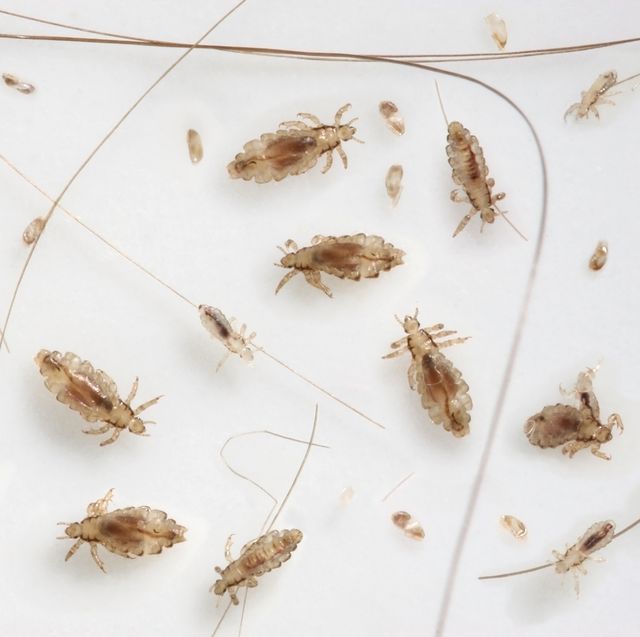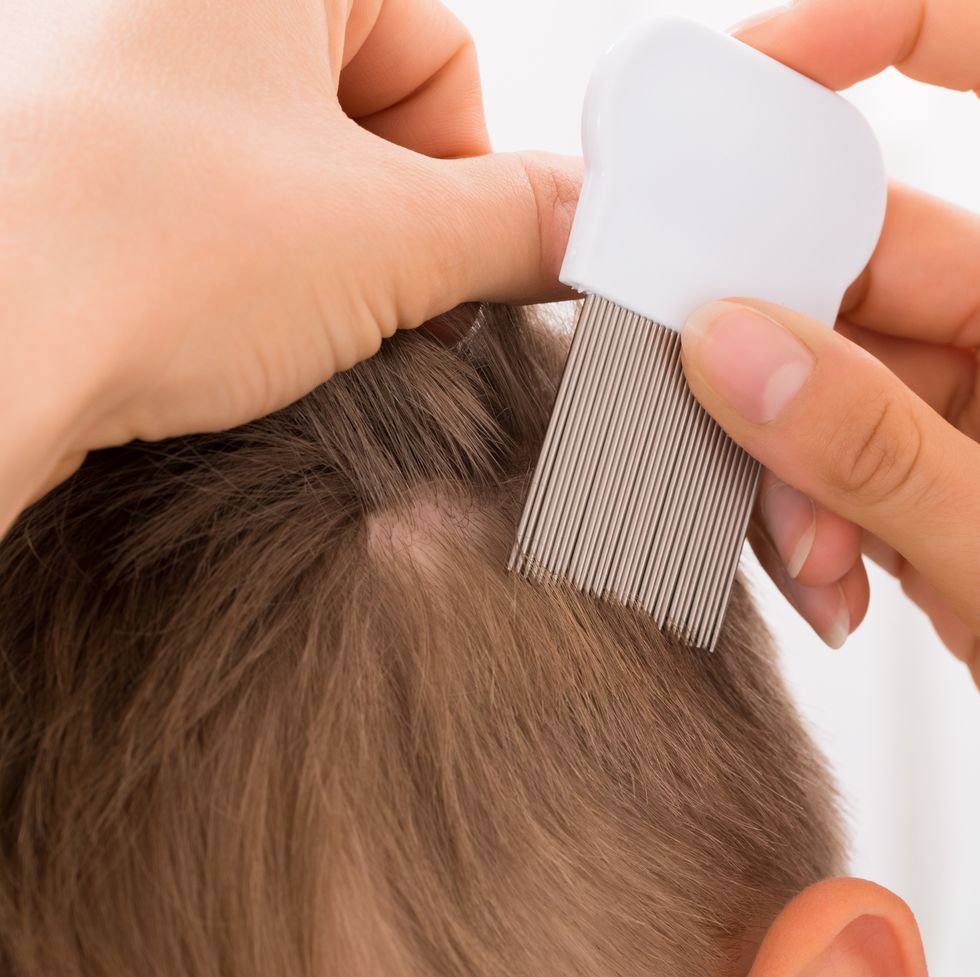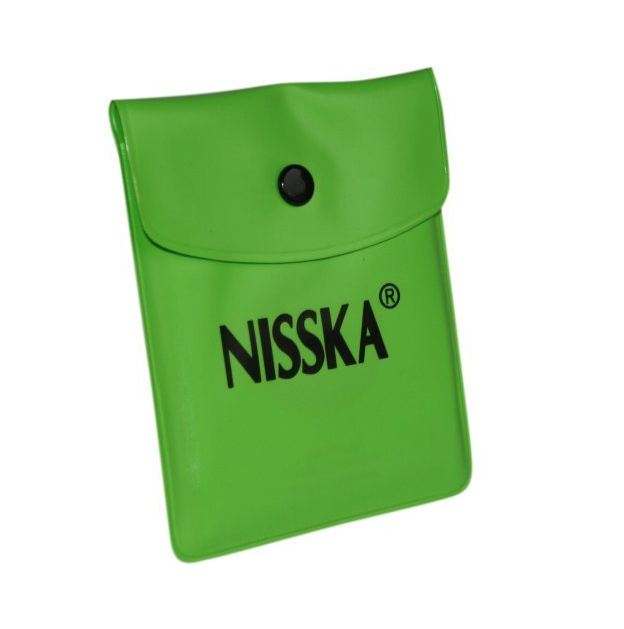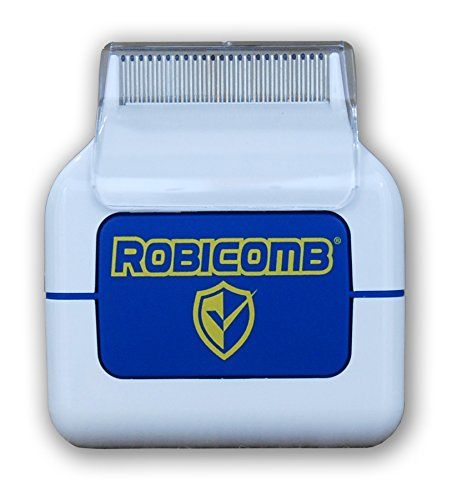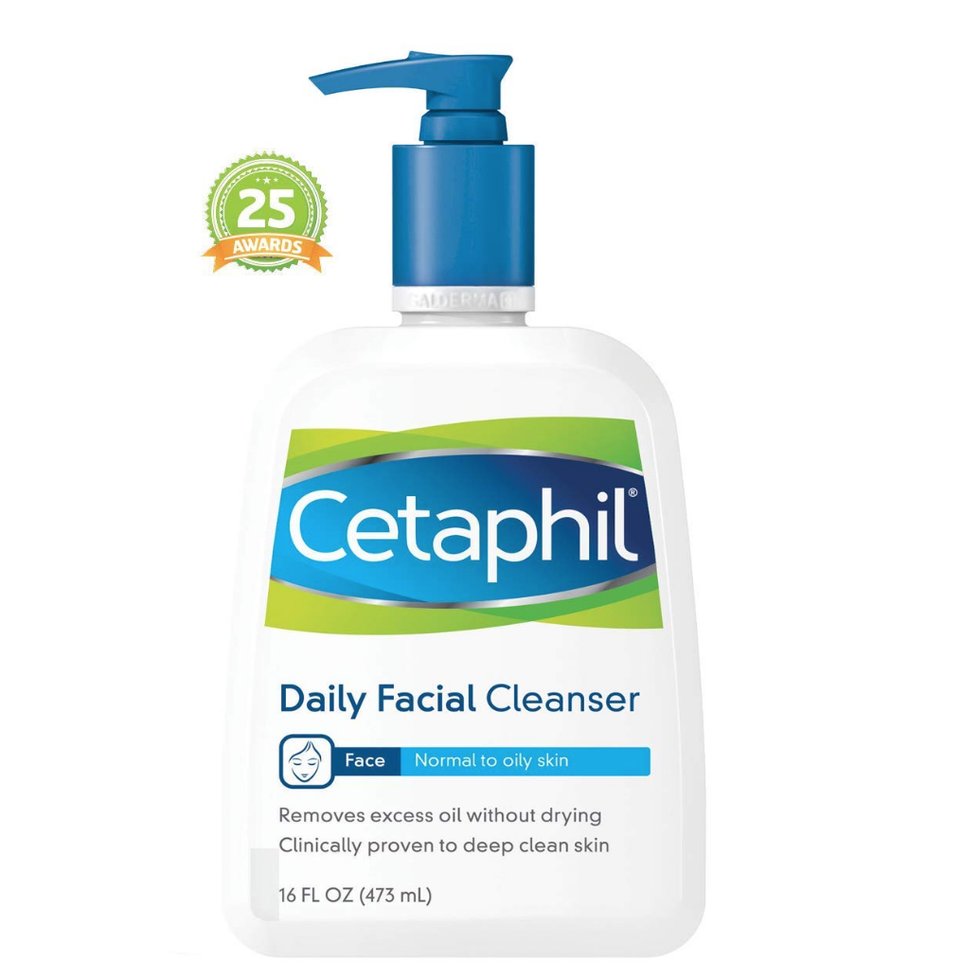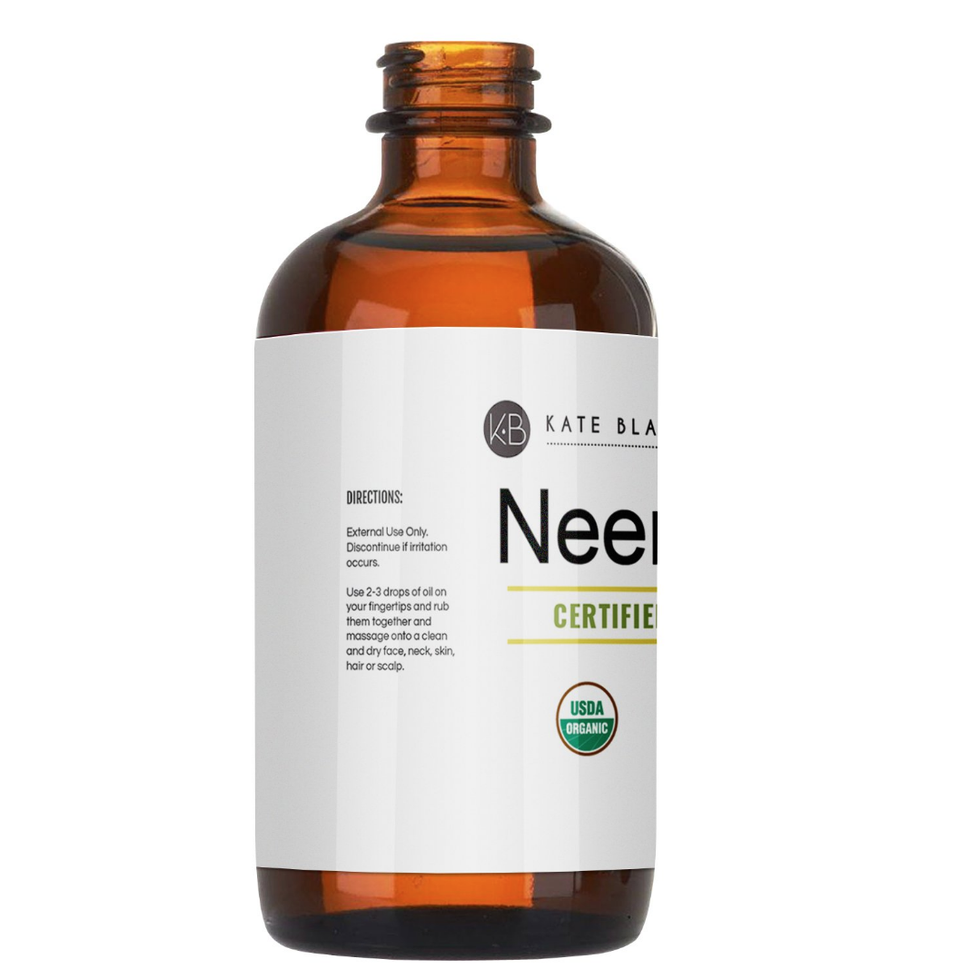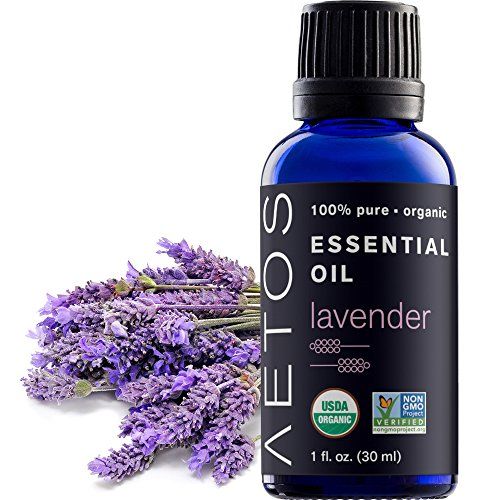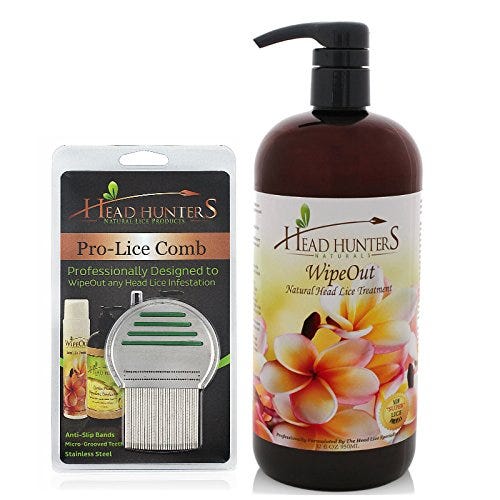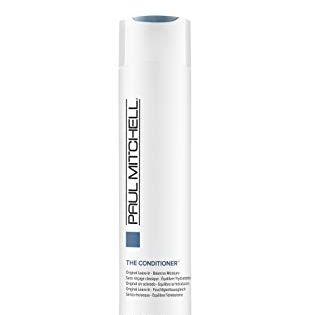Many people experience panic upon realizing that their child has a headful of lice, even though having them is not whatsoever associated with poor hygiene. Before you freak out upon seeing your kid itch his or her scalp vigorously with both hands, read this guide to fight lice effectively.
What exactly are lice?
Lice are tiny, wingless parasites that feast on minuscule amounts of blood for survival. Since they can’t fly or even walk on the ground, these insects can only live off of a host for 24 to 48 hours. As its Latin name pediculus humanus capitis suggests, lice feed solely on the scalps of humans.
The Centers for Disease Control & Prevention (CDC) estimates that six-to-12-million elementary school-aged children get lice each year in the U.S., primarily through head-to-head contact with an infected child who has either lice or their eggs, called nits. Less commonly, lice are transmitted through shared belongings like hats, combs, brushes, scarves, and bedding. “The good news is lice are not dangerous and do not carry disease,” says Mike Patrick, M.D., emergency medicine physician and general pediatrician at Nationwide Children’s Hospital and host of PediaCast. “They are also not a sign of ‘being dirty.’ Anyone with a head of hair can become infested by coming into contact with live lice or nits, and it can happen anywhere including the backs of theater and airplane seats.”
Why are lice so hard to get rid of?
An adult louse can be light brown or grey, is two-three millimeters long, and has a lifespan of about 30 days. An adult female can lay an average six eggs per day (up to ten) and does so as close to the scalp as possible to promote survival, securing the eggs to the hair shaft with a glue-like substance. Nits are the size of a pinhead, and appear whitish or yellow. It takes approximately eight to nine days for an egg to hatch, which is why getting rid of lice is rarely a quick fix. A nit hatches into a nymph, an immature louse, and as long as there is a blood supply, it develops into an adult in nine to 12 days. “To get rid of an infestation, you must completely eliminate both the organisms and the eggs they lay,” says Dr. Patrick. “Otherwise, the remaining live lice will lay more eggs, and the eggs will hatch to produce more live lice.”
One of the reasons lice are such a headache to eradicate is that they are difficult to see, let alone identify. They crawl so fast and hide so quickly from light, they can be difficult to spot even when you know they're there. Moreover, when caregivers do spot something, they are often not sure what they’re looking at. In fact, researchers found that school nurses, teachers, and parents routinely misdiagnose and treat lice when they are viewing lint, dandruff, or residue from hair products. “Nits are glued to the base of hair shafts so if suspected nits are easy to remove, they are likely not nits,” says Dr. Patrick. So above all, the American Academy of Pediatricians (AAP) strongly urges parents to find a live louse even amid vigorous head scratching before treating for lice.
Once a diagnosis of head lice has been confirmed, both the AAP and CDC recommend that parents follow a treatment protocol consisting of over-the-counter pediculicide (lice removal medication). While their site lists a number of primarily chemically-derived options, treatments (shampoos and conditioners) containing 1% plant-derived insecticides called pyrethrins or the synthetic versions, known as pyrethroids, are the AAP and CDC’s first choice. As long as instructions are closely followed, these treatment options are largely effective in eradicating lice and are considered safe.
What's wrong with insecticidal lice shampoos?
Even though these treatments have been approved by the Food & Drug Administration (FDA), and recommended by many pediatricians, you may be wary of the long-term repercussions of using a harsh insecticide-fortified shampoo. Research has linked pyrethrins and pyrethroids to elevated estrogen levels (which may pose a cancer risk), as well as to hyperactivity and other behavioral disorders in children. (Pyrethrins and pyrethroids are also commonly found in flea bombs, flea collars, and human and pet scabies medication.)
To top it off, those insecticidal shampoos often don't even work anymore, because so many lice have also become resistant to pyrethrins and pyrethroids. “Because head lice have become immune to the onslaught of chemicals used by the pharmaceutical companies, natural means of removal have filled the void,” says Debra Rosen, founder of professional nit-pickers, LiceXchange, in New York City. So feel free to skip drugstore shampoos and opt for a lice treatment that's safe, effective, and cheap.
So, what's the best way to get rid of lice naturally?
Enemy number one to lice and nits is the comb, of the extremely fine-toothed variety —successfully treating head lice without a comb is next to impossible. Research has shown fine-tooth lice combs tend to be more effective in treating lice than pediculicides. First of all, a good quality lice comb is the easiest way to confirm a diagnosis. One study by the National Institutes of Health (NIH) concluded that “diagnosis of louse infestation using a louse comb is four times more efficient than direct visual examination and twice as fast.” So whether your child has lice or not, make sure you have one in your medicine cabinet.
Treating lice with a comb is an arduous process, but highly effective if done properly. Douse wet hair with thick, white conditioner mixed with baking soda, separate hair into sections, and use the lice comb to comb out nits and lice, starting as close the scalp as possible. Wipe off the conditioner on a rag or paper towel after each pass.
Wet combing, says Rosen, catches live lice and also “removes every egg from any new hair growth.” This process should be done every other day for two weeks until you stop seeing live lice.
“Another option is to electrocute live lice with an electric lice comb,” says Dr. Patrick. “This device does double duty by also removing nits, although it is a tedious job.”
And while combing is a tedious job, it's important to stick with it.
“The biggest mistake that I see with lice eradication is not combing out sufficiently and failing to reapply at the nine-day mark,” says Sara Kopple, M.D., pediatrician at Westmed Medical Group. “Combing is labor-intensive, especially for thick or long hair, but it is fundamental to successful eradication.” In fact, when Dr. Kopple is worried her daughter may have come in contact with lice through something like a public helmet, she had a preventive routine: She douses her daughter’s hair in Cetaphil, leaves it for about ten minutes, combs it out, blow dries and then washes as usual in the morning. If circumstances make at-home, mid-infestation comb outs impossible for any reason, look for professional nit-picking services — they might be expensive, but they get the job done.
How do you comb out lice if you have thicker, coarser hair?
There's a common misconception that Black Americans or anyone who has thicker, coiler or coarser hair, don't get lice, however CDC claims this is not true. The incidences of lice among Black communities are just less — perhaps because of the difference in follicle shape and size, experts believe. Still, the very existence of this popular myth explains why so many Black parents are lost when they find nits in their kid's hair.
"Lice is a foreign topic for Black moms," says Keyona Grant, C.R.N.A., a nurse anesthetist and author of the blog, Professional Momma. "Most of us have grown up believing that we and our children are immune to these creatures but that’s been proven false. So what do you do when you find out that there is possibility of lice in your child’s thick locks?"
Running a fine tooth louse comb through natural Black hair without protecting the hair itself can cause a lot of frustrating breakage. So Grant suggests approaching lice treatment like you would any other wash day:
"Detangle the hair ahead of time, even if this means utilizing a leave-in conditioner (my favorite is Paul Mitchell’s The Conditioner) to soften the tresses," she says. "You may also need to add an oil-based product, like coconut oil or Shea butter, to further protect the hair. Once this process is complete, divide the hair in very small sections and follow the steps listed in the lice removal treatment you’ve purchased. It’s a tedious process with thick hair but necessary to remove the eggs and prevent further spread."
Can essential oils be used to kill lice and nits?
It's possible you can make your comb-outs more effective by starting with a shampoo fortified with essential oils, however the AAP does not advocate for the use of any essential oils when treating lice.
If you do want to give it a try, here are the ones to reach for.
Tea tree oil
Research, from reputable sources like the NIH, on the effectiveness of tea tree oil for the treatment of lice is promising. This essential oil contains two constituents which have insecticidal activity and have proven to kill lice and nits. Parents can either mix three to five drops of tea tree oil to every ounce of shampoo, or combine three tablespoons of carrier oil — like olive or coconut — with a teaspoon of tea tree oil and apply to infested hair for 30 to 40 minutes.
Neem oil
Similar to tea tree oil, initial studies reveal neem oil to be effective in getting rid of lice and nits. Neem oil has compounds that disrupt the life cycle of the louse, making it a natural insect repellent (for gardens and human heads). Neem oil-based shampoos are available OTC or eight to 10 drops of the essential oil can be added to one ounce of regular shampoo and left on for 20 minutes. Beware: Neem oil does not smell good!
Lavender oil
Lavender oil is another effective and safe essential oil used to treat head lice, a variety of insects, and even fungi, but it does not kill nits. Dissolve two drops of the oil in 10 milliliters of water and apply as a hair wash once per week for three weeks. Lavender oil has also proven to be a terrific deterrent against getting lice in the first place.
Does vinegar kill lice?
Vinegar receives an “honorable mention,” because it has been touted as an aid in the removal of nits, but it doesn’t kill adult lice. The acidic makeup of vinegar breaks down the glue-like substance that adheres the nits to the hair shaft. Mix 50 milliliters of vinegar with 50 milliliters of water and use as a rinse.
What other precautions should be taken?
Because the treatment is so time-consuming, the thought of treating more than one family member can fill you with dread, but it’s worth it to make sure everyone is taken care of. “A parent might treat one child, only to have a sibling pass the infestation back again,” says Dr. Patrick. “Many medical providers recommend treating all members of a family with an over-the-counter medicated product, whether they have evidence of active head lice or not.”
While you’re at it, wash all clothes and bed clothes that have been recently worn in hot water and dry them on the high-heat cycle, vacuum the floor and furniture and soak combs and brushes in hot water for 10 minutes. If there are objects that your child sleeps with or frequently touches that cannot be washed, soaked, or adequately vacuumed, please them in a sealed plastic bag for two weeks to kill live lice and nits that may have fallen onto them, adds Dr. Patrick. Better safe than sorry!
Kaitlyn Phoenix is a deputy editor in the Hearst Health Newsroom, where she reports, writes and edits research-backed health content for Good Housekeeping, Prevention and Woman's Day. She has more than 10 years of experience talking to top medical professionals and poring over studies to figure out the science of how our bodies work. Beyond that, Kaitlyn turns what she learns into engaging and easy-to-read stories about medical conditions, nutrition, exercise, sleep and mental health. She also holds a B.S. in magazine journalism from Syracuse University.
